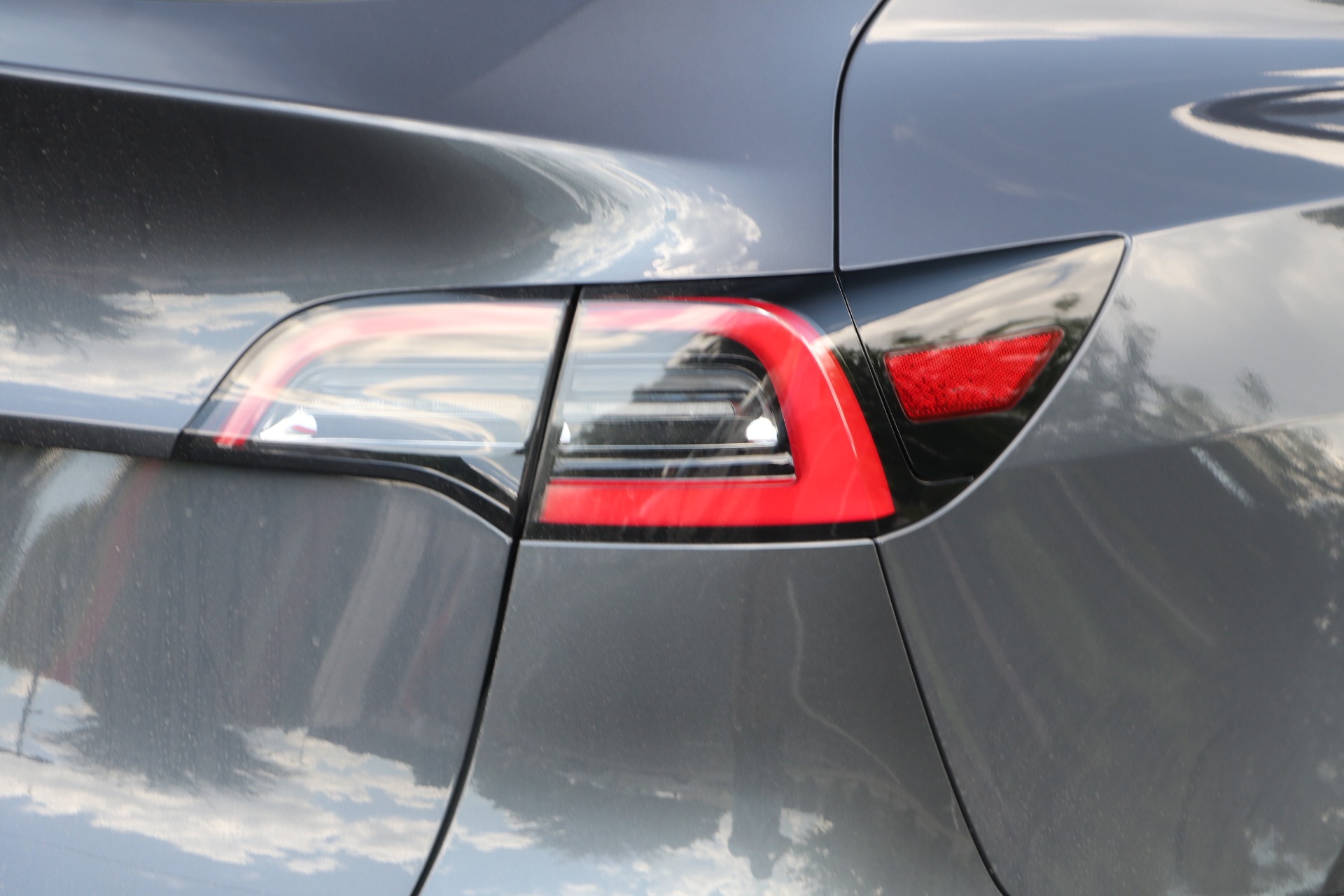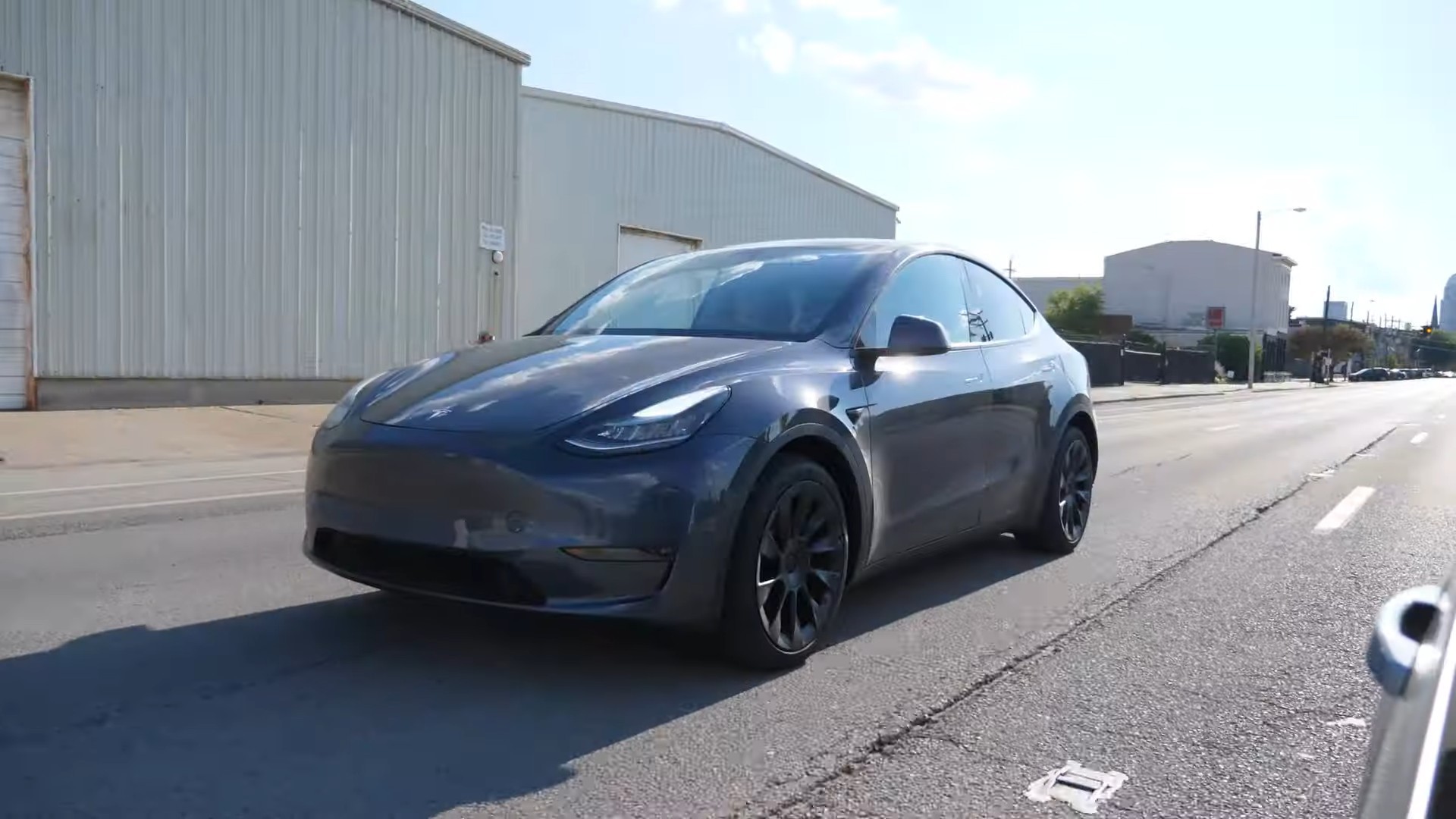

We were discussing this around while drinking spritzers around the firepit on the top floor of CleanTechnica’s global headquarters the other day and we couldn’t agree more. Better to step off the sidelines and just get going.” The latest battery technology isn’t the be-all, end-all of the electric car race. That’s what firms need to get real about. Instead, delivering a pretty good electric car today - that’s safe - would show that a company is on the right path. Boasting the best car with the longest range that’s going to be released a year or two from now isn’t really a sign of success. For now, they’ve been preoccupied with using less pragmatic batteries that have, in some cases, caught fire and led to multi-billion dollar recalls. “To deliver on big, bold promises of fleet electrification, they will be better off taking a realistic path. There’s a lesson here for those other companies, the Washington Post says. The data is not complete yet, but longer battery life may be part of the equation as well. Tesla apparently has decided the disadvantages of LFP batteries are outweighed by the advantages - especially lower price, greater resistance to thermal runaway, and greater raw material availability. In addition, they’re expensive because the raw materials are largely in short supply.” They tend to be unstable and can combust. That’s why automakers and their battery suppliers have been caught up with a type of battery made with nickel, manganese and cobalt, which are more energy-dense but haven’t yet proven to be the safest. The newspaper adds, “These batteries are helping solve the perennial problems and trade-offs with electric cars - range over safety, size over energy density. That’s really not that short a distance - these batteries will do the job.” A Tesla Model 3 on these lithium iron-phosphate, or LFP, powerpacks can still go 468 kilometers (290 miles). That means even if they aren’t going to take Teslas several hundreds of miles away on one charge, they will drive the company toward greater sales and, ultimately, wider adoption of greener vehicles. For one, these aren’t just cheaper batteries they are safer and readily available. The Washington Post has enthusiastically endorsed Tesla’s move to LFP batteries, calling it “a shrewd, prescient and realistic move. “From a cell perspective, we are comfortable with the design maturity and manufacturing readiness matching the pack timeline I just mentioned.” Applause But while the company is happy with the timeline, “this is a new architecture and unknown unknowns may exist still,” he added. Baglino said the 4680 is on track to be delivered in vehicles at the beginning of next year, with structural testing and validation all on schedule. Tesla has said that the 4680 battery will be capable of greater energy density and range.

#2021 TESLA MODEL Y STANDARD RANGE UPDATE#
The company also provided a very brief, and slightly hedging, update on its 4680 battery pack, a custom cell design it created in-house.

We’re working internally with our suppliers to accomplish that goal, and not just at the end assembly level but as far upstream as possible.” “Our goal is to localize all key parts of the vehicles on the continent - at least the continent, if not closer, to where the vehicles are produced,” Drew Baglino, senior vice president of powertrain and energy engineering at Tesla, said during the earnings call. We know it is planning a battery factory near its new factory in Grünheide, Germany, for example, as well as its similarly aged under-construction gigafactory in Texas. Company officials indicate Tesla intends to bring LFP battery production to the same locations where it manufactures its vehicles.
#2021 TESLA MODEL Y STANDARD RANGE SERIES#
One major reason why LFP batteries are not seen much outside of China relates to a series of key LFP patents, which have allowed the country to dominate the LFP market. Tesla CFO Zach Kirkhorn said during the Wednesday earnings call that the company has seen pricing impacts with nickel and aluminum lately. LFP battery cells cost less primarily because they do not depend on scarce and somewhat costly raw materials like cobalt and nickel. It is also now using LFP battery cells in its grid-scale energy storage products. Apparently, Tesla is pleased with the result and will use lithium-iron-phosphate chemistry for all standard range cars globally from this point forward.

The company first started using LFP batteries in Model 3s manufactured in China last year. The news was contained in the company’s third quarter earnings report. On October 20, Tesla announced that it is switching over to LFP batteries for all of its standard range Model Y and Model 3 cars.


 0 kommentar(er)
0 kommentar(er)
